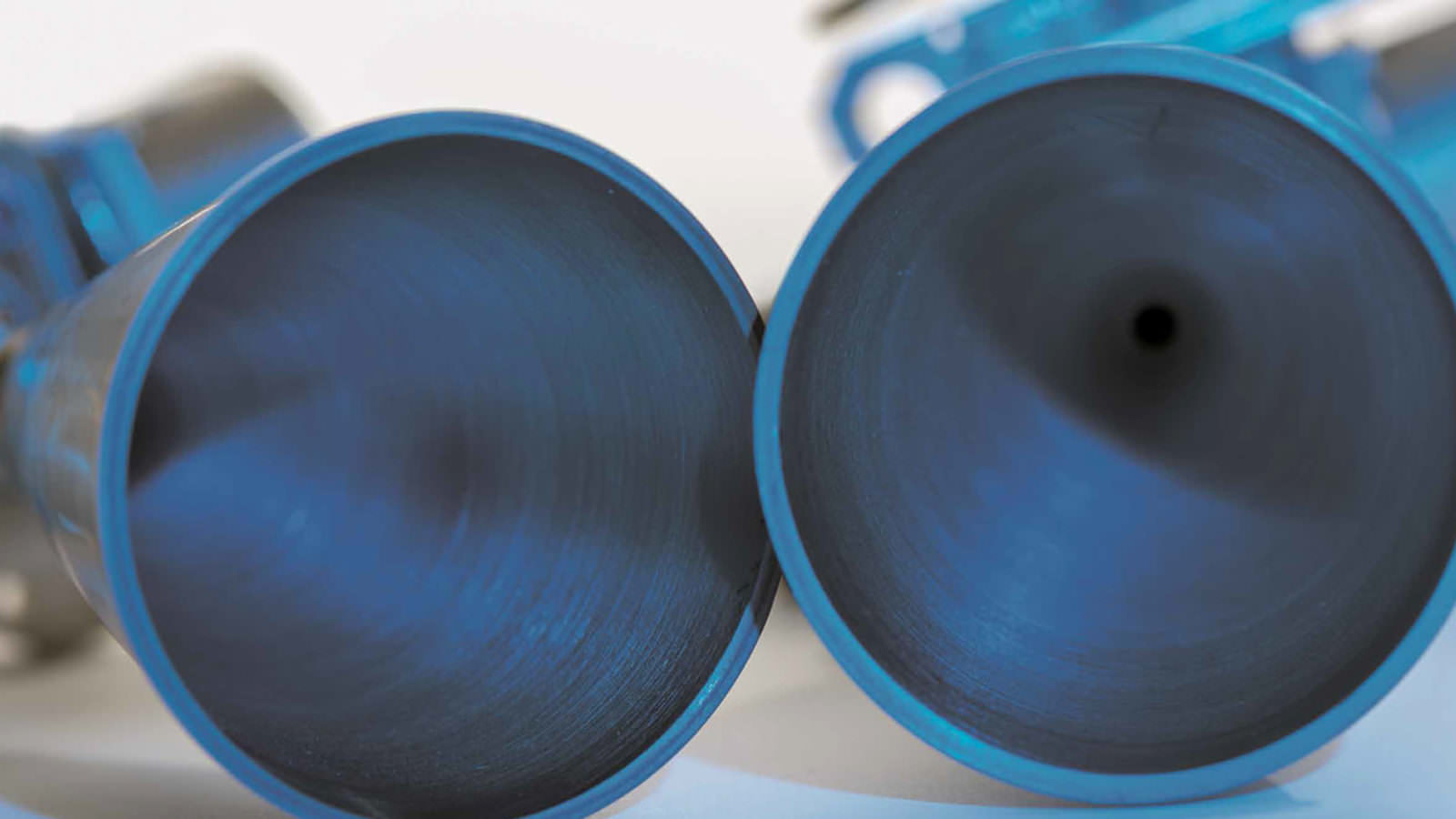
Retournez votre tablette
pour une meilleure navigation


Retournez votre tablette
pour une meilleure navigation

For over 40 years, our bipropellant thrusters have been used in a diverse range of missions, including boost and on-orbit maneuvering of geostationary satellites and deep space probes. The provided thrust ranges from 4N up to 400N.
The 10N and the 400N thrusters are part of our chemical propulsion systems mainly flying in commercial GEO program.
The 10N bipropellant thruster is a small rocket engine that uses the storable propellants monomethylhydrazine MMH as fuel and pure di-nitrogen-tetroxide N2O4, or mixed oxides of nitrogen (MON-1, MON-3) as oxidizer.
It is designed for both, long term steady state and pulse mode operation. It operates in a wide pressure range at regulated pressure as well as in system blow down mode with flight heritage down to 6 bar inlet condition. Combustion chamber and nozzle are made of platinum alloy that does not need any surface coating. It allows operational temperatures up to 1.500°C (2700°F) and thus maximum thruster performance.
The uncoated surface is absolutely resistant against oxidization and thus is invulnerable to mishandling, micrometeoroid impact as well as to application of test sensors and to millions of pulse cycles. Trimming orifices between valve and injector provide for individual adjustment of the propellant flow according to the designed system pressure. Two types of propellant flow control valves may be applied: single seat or dual seat equipped with torque or linear motors.